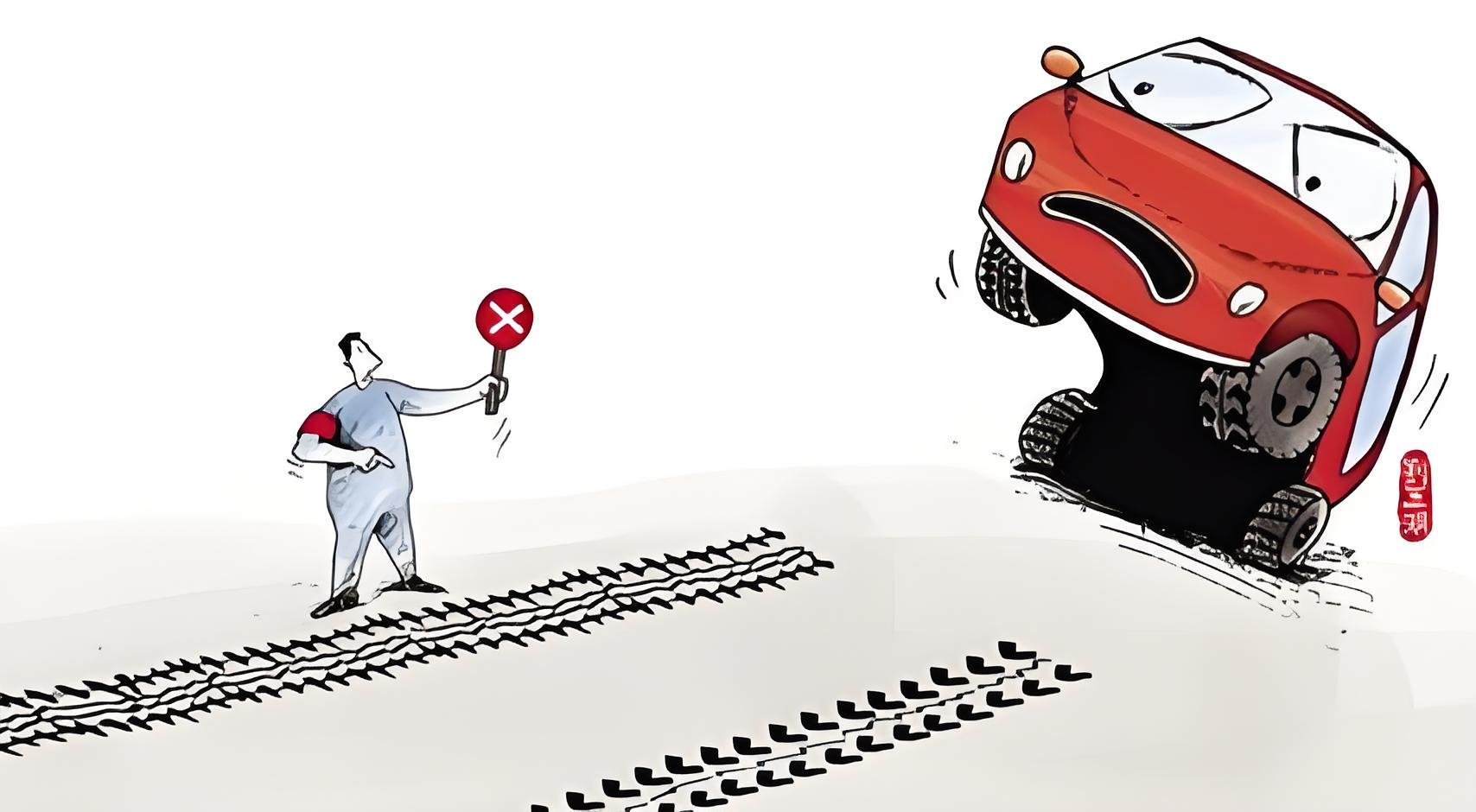Recently, residents in Nanning, Guangxi, reported that their vehicles failed the annual inspection due to having different tread patterns on two tires.
A relevant official from the Nanning Vehicle Administration explained that China's "Motor Vehicle Safety Technical Inspection Items and Methods" clearly specifies tire standards. For tires on the same axle, they must be of the same model, specification, and tread pattern.

Different Tires Fail the Inspection
On July 22, Mr. Liao drove his van to the inspection station for its annual check-up. After driving the vehicle to the inspection line, the staff in charge of the inspection informed him that the two front tires had different models and tread patterns, so the vehicle could not pass the inspection.
Mr. Meng encountered a similar issue. In March of this year, he took his van to the Jindun Inspection Station on Tinghong Road in Nanning for its annual inspection, but failed to pass due to the different tread patterns on the tires. Mr. Meng had no choice but to replace the tires with identical ones before passing the inspection. The tires had just been replaced not long before, having covered less than 5,000 kilometers, but they needed to be swapped again.
Mr. Meng was confused by the "different tread patterns cause failure" rule, calling it "unreasonable."
At the Jindun Inspection Station, there is a notice about vehicle inspection requirements that clearly states: "Axial tires with different tread patterns cannot be tested." The inspectors explained that this has always been the practice.
Same Tread Pattern Required on Axial Tires
"Axial tires must have the same model, specification, and tread pattern, and they cannot pass the inspection if they differ. This is a clear national regulation," said Liang Huanlin, captain of the 14th squadron of the Nanning Traffic Police's Vehicle Management Division, which oversees vehicle inspection business.
According to China's "Motor Vehicle Safety Technical Inspection Items and Methods," tires on the same axle must be of the same model, specification, and tread pattern. Tires should not have cracks or cuts over 25mm in length or deep enough to expose the tire’s inner fabric, nor should there be any defects, abnormal wear, or deformation that affect safety.
Additionally, China's "Motor Vehicle Operational Safety Technical Conditions" stipulates that the tires on the same axle must be of the same specification and tread pattern, and the tire specifications must conform to the vehicle manufacturer's original factory standards.
Following the Ministry of Public Security's requirements, Nanning has clarified tire specifications for annual vehicle inspections. For vans and five types of key vehicles—highway passenger vehicles, tourist buses, hazardous materials transport vehicles, school buses, and converted vehicles—strict requirements are enforced. The tires on both sides of the same axle must be of the same model, specification, and tread pattern; otherwise, the vehicle will not be allowed to undergo inspection.
However, for ordinary private cars, the requirements are more relaxed. If the inspection station discovers that the tires on a private car have different specifications or sizes, they will inform the driver about the safety risks and suggest replacing the tires, but it is not mandatory.
Different Tread Patterns Pose Safety Risks
"At 60 km/h, I felt a tugging sensation on one side of the tires, occurring every five seconds or so. It wasn’t a strong pull, and there was no vertical shaking," said Mr. Hao, a small truck driver. In June, he replaced the left front tire, and its tread pattern was slightly different from the right one. While driving, he noticed the issue.
Concerned about potential safety risks, he went to a repair shop to replace the tire with one of the same model and tread pattern, restoring normal driving conditions.
Explaining the inspection rule, Liang Huanlin stated that the primary reason for requiring axial tires to have the same model, specification, and tread pattern is safety. Different tread patterns on axial tires can lead to safety hazards. The friction coefficient and grip would differ between tires, making emergency braking inconsistent and potentially causing the vehicle to skid.
Therefore, it’s best to ensure consistent tread patterns on tires on the same axle, though there is no such requirement for non-axial tires.
If the tread depth or pattern on the two tires on the same axle is uneven or asymmetrical, the car may veer off course due to differing resistance between the two tires, and it may cause uneven tire wear.
When there is a significant difference in tire wear, the tire's water drainage and grip performance will drastically decrease, posing a serious safety risk.



